Feedback
Do you have a comment on how we're addressing industry, community and dairy investment?
Profitability of farm businesses is core to the success of the Australian dairy industry, enabling it to contribute strongly to rural and regional economies, for both employment and as an earner of export income.
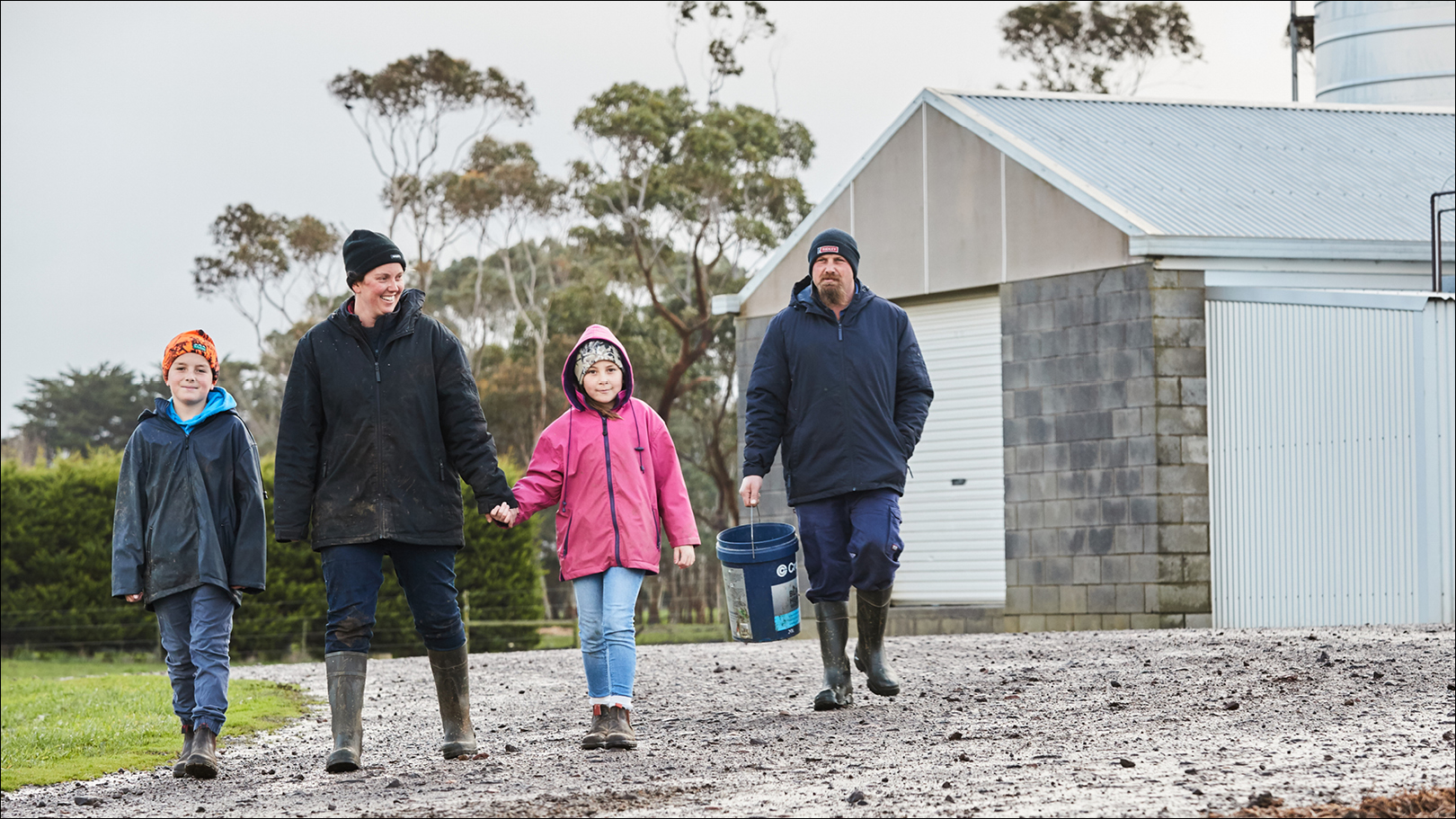
Increasing competitiveness and profitability underpins the industry’s ability to be sustainable and continues to be a focus at the farm, manufacturer and industry levels.
How we performed in 2019:
This table shows our progress for Goal 1 against our baseline and 2030 targets:
These initiatives are driving change in industry competitiveness and profitability.
The focus of ADF's Farming Systems and Herd Improvement Policy Advisory Group is to drive sustainable farm profitability through support ADF's policy and advocacy work on a range of issues, including tariff reductions and increased market access.
Visit DairyBase
A web-based tool that enables dairy farmers to measure and compare their farm business performance over time.
One-on-one sessions which help farmers manage feed costs and limited fodder availability.
Visit Feed Planning
A website which has a range of dairy feed tools to assist farmers to plan and cost feed inputs.
Visit Dairy feedbase
A program to improve pasture performance, animal nutrition and cost competitiveness of the feedbase.
Visit Our Farm, Our Plan
A program designed to equip farmers to clarify their long-term goals, identify the actions needed, and manage uncertainty and risk.
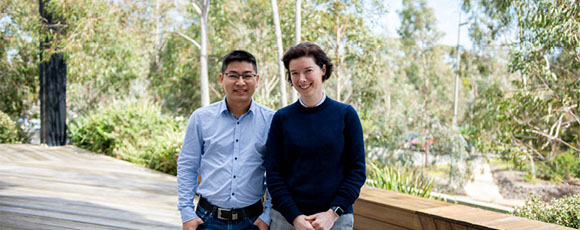
Agriculture Victoria research scientists have developed a model that can predict how likely a dairy cow is to conceive at first insemination with up to 77% accuracy.

As Australia’s fourth largest rural industry, dairy makes an enormous contribution to the regions in which it operates. Our goal is to continue this contribution through resilient and prosperous dairy communities, with this contribution recognised and valued. Results for 2019 indicate dairy’s contribution remains strong.
How we performed in 2019:
This table shows our progress for Goal 2 against our baseline and 2030 targets:
These initiatives are helping to increase resilience and prosperity in dairy communities.
Dairy Australia plays an active role in engaging and building a network through the Young Dairy Network (YDN) to provide the opportunity for young dairy workers to develop skills to further their career in dairy. The YDN currently supports around 2,500 young farmers across Australia.
Australia’s Legendairy Women’s Network (ALWN) connects women who are involved in dairy from across the country. It aims to work alongside, support and connect its members, and provide them with the opportunities to improve their skills and capabilities, to continue to grow and add value to their dairy businesses and communities.
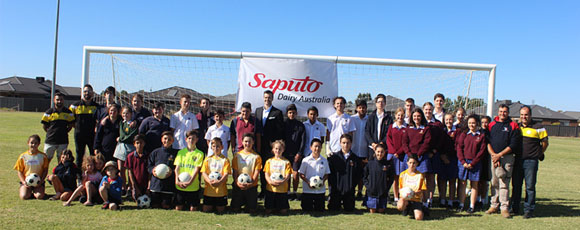
Sponsorship of community events and sporting clubs by Saputo Dairy Australia makes a strong contribution to the communities where the business operates.

On 30 May 2019, Foodbank’s national milk program partners – Parmalat (Lactalis), Lion Dairy & Drinks, Fonterra and Saputo Dairy Australia – collectively received the 2019. Foodbank Award for their collaboration to fight hunger in Australia.
Foodbank praised its dairy partners for the extraordinary collaboration with regular contributions of fresh milk to help Foodbank provide relief to more than 710,000 Australians every month.
Announcing Foodbank’s highest accolade, Foodbank Australia CEO, Brianna Casey, said; "This prestigious award is presented to an AFGC member or members showing vision, innovation and leadership in partnering with Foodbank to deliver greater impact in providing food and groceries to vulnerable families across Australia." "This year, our dairy partners receive the award for what has proven to be an extraordinary eight-year collaboration providing one million litres of fresh milk a year. This industry sector program is unique to Australia and sets a benchmark for foodbank/ industry partnerships around the world."
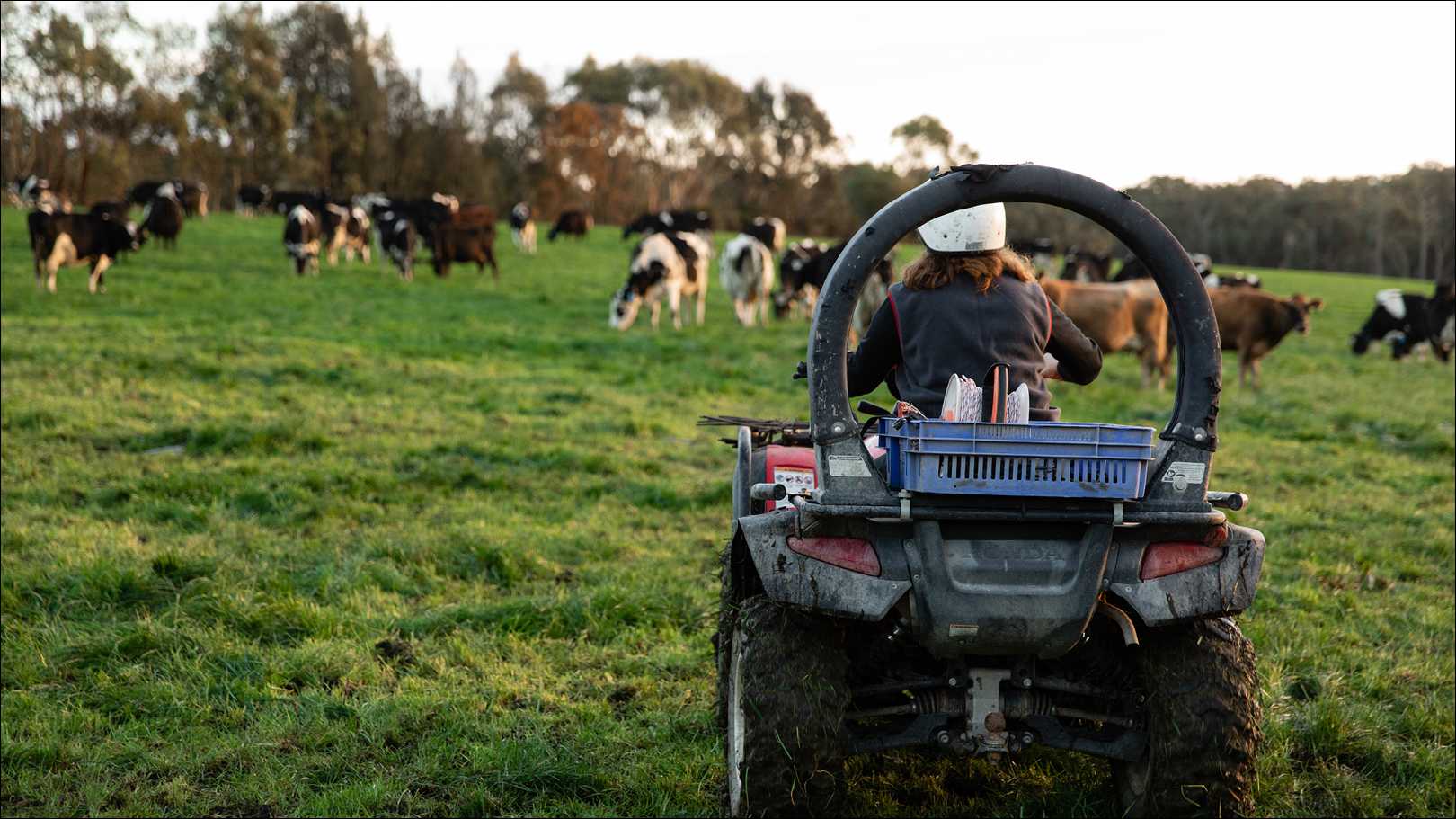
The physical and mental health of our dairy workers is a key priority for the industry and constant vigilance is required by everyone in the value chain to ensure people are safe. Industry is still considering how best to recognise the key issue of mental health.
How we performed in 2019:
This table shows our progress for Goal 3 against our baseline and 2030 targets:
These initiatives are driving change in the provide safe work environments. Farmers taking action on Q fever.
The number of dairy farm inspections are increasing in a bid to improve farm safety. Dairy Australia has created resources to assist farmers through these inspections and to implement or improve their farm safety systems.
The Milk Tanker Operator (MTO) program is an industry led initiative to enable consistency of collection procedures and food safety and compliance requirements for all dairy farm milk collections. Through agreeing to an industry accredited standard, milk tanker operators follow the same protocols regardless of which company they deliver to with a three-year refreshed element to ensure ongoing best practice and compliance.
Conducted every three years, the POP Survey is a key source of benchmark, program and impact data about farmers’ attitudes and practices relating to a number of areas including farm safety. The next survey will be conducted in late 2020.
This toolkit provides practical, easy-to-use resources to assist dairy farmers in making sustainable improvements to the safety of farm owners, employees, families, contractors, services providers and visitors.
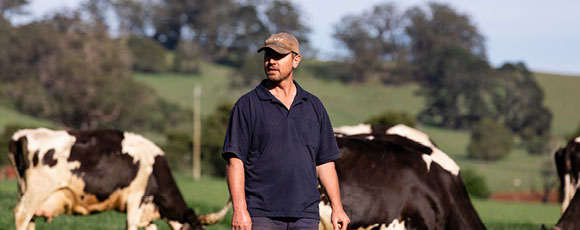
Dairy farmers are protecting their teams from Q fever – a disease spread to humans from animals including dairy cows.
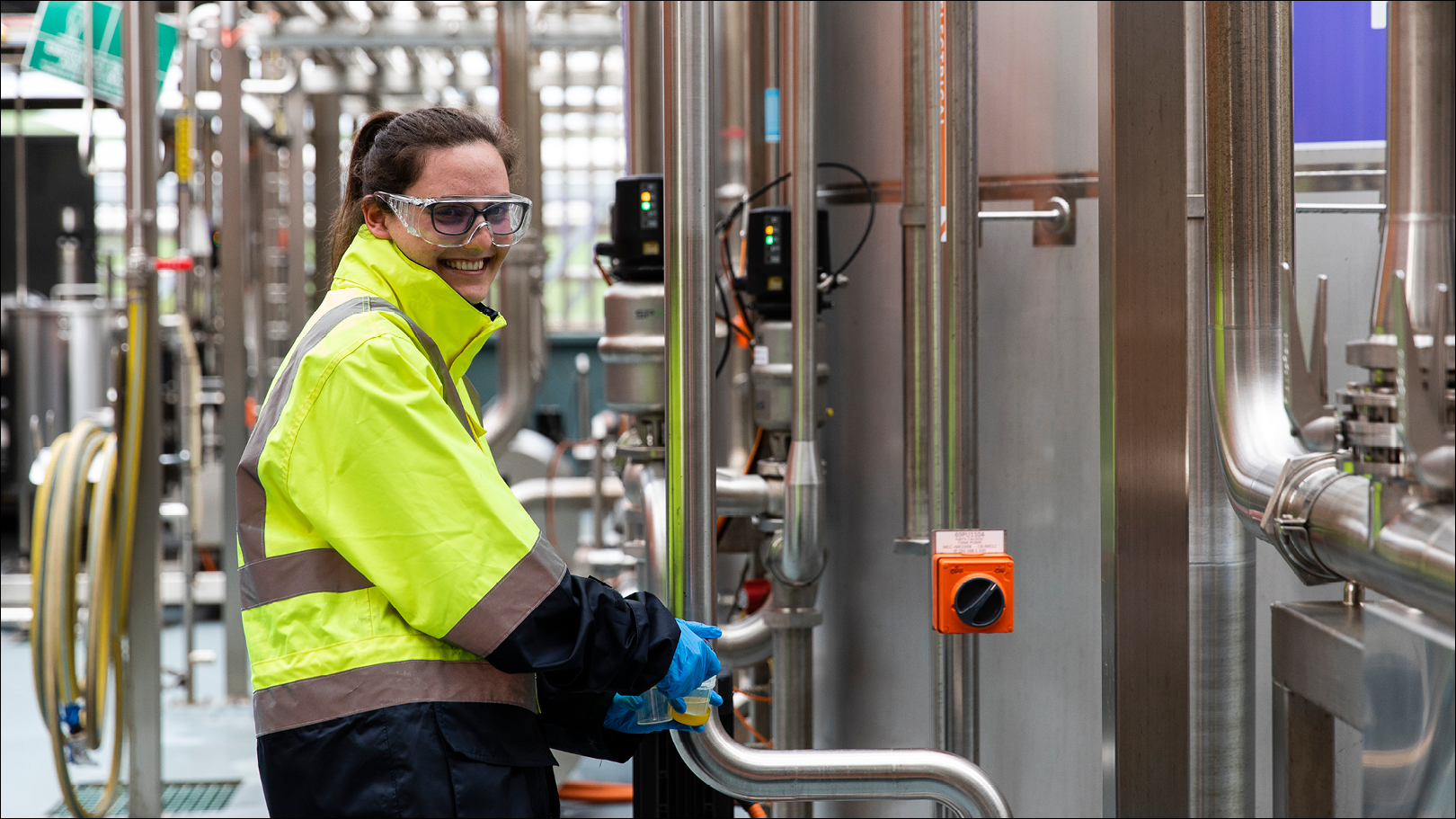
The dependency on skilled labour and attracting people to a career in dairy continues to be a priority, with an estimated additional 800 employees needed on Australian dairy farms by 2023.
Providing a productive and rewarding work environment for all dairy workers is a goal that was updated in 2018 with a new series of targets and indicators.
How we performed in 2019:
This table shows our progress for Goal 4 against our baseline and 2030 targets:
These initiatives are driving change to develop a skilled and motivated dairy workforce.
The Australian Dairy Farmer has an advisory group for farm sector policy development.
Programs offered by Dairy Australia include Cool Cows, InCalf, Countdown and the People In Dairy.
An industry training program to attract, upskill and retain veterinarians in the Australian dairy industry.
This module connects training providers with industry-approved resources and tools.

A new Dairy Australia extension program is guiding the next generation of dairy leaders to forge long-term careers in the Australian dairy industry.
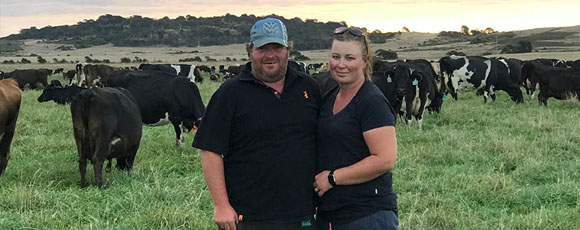
There’s no greater asset to a dairy business than a high performing team, say 2019 Tasmanian share farmers of the year Damien and Brooke Cocker.
Mr Cocker said it was important to share knowledge with people and recognise their valuable contribution. Leading by example is core to their management style.
The Cockers share-farm on Rushy Lagoon, one of the state’s largest dairy farms. The Cockers operate two of the four dairy farms and have recently purchased their own dairy farm.
They employ five full-time employees and have a staff-cow ratio of one full-time equivalent staff member (FTE) to 228 cows.
Key initiatives include:
Do you have a comment on how we're addressing industry, community and dairy investment?